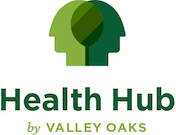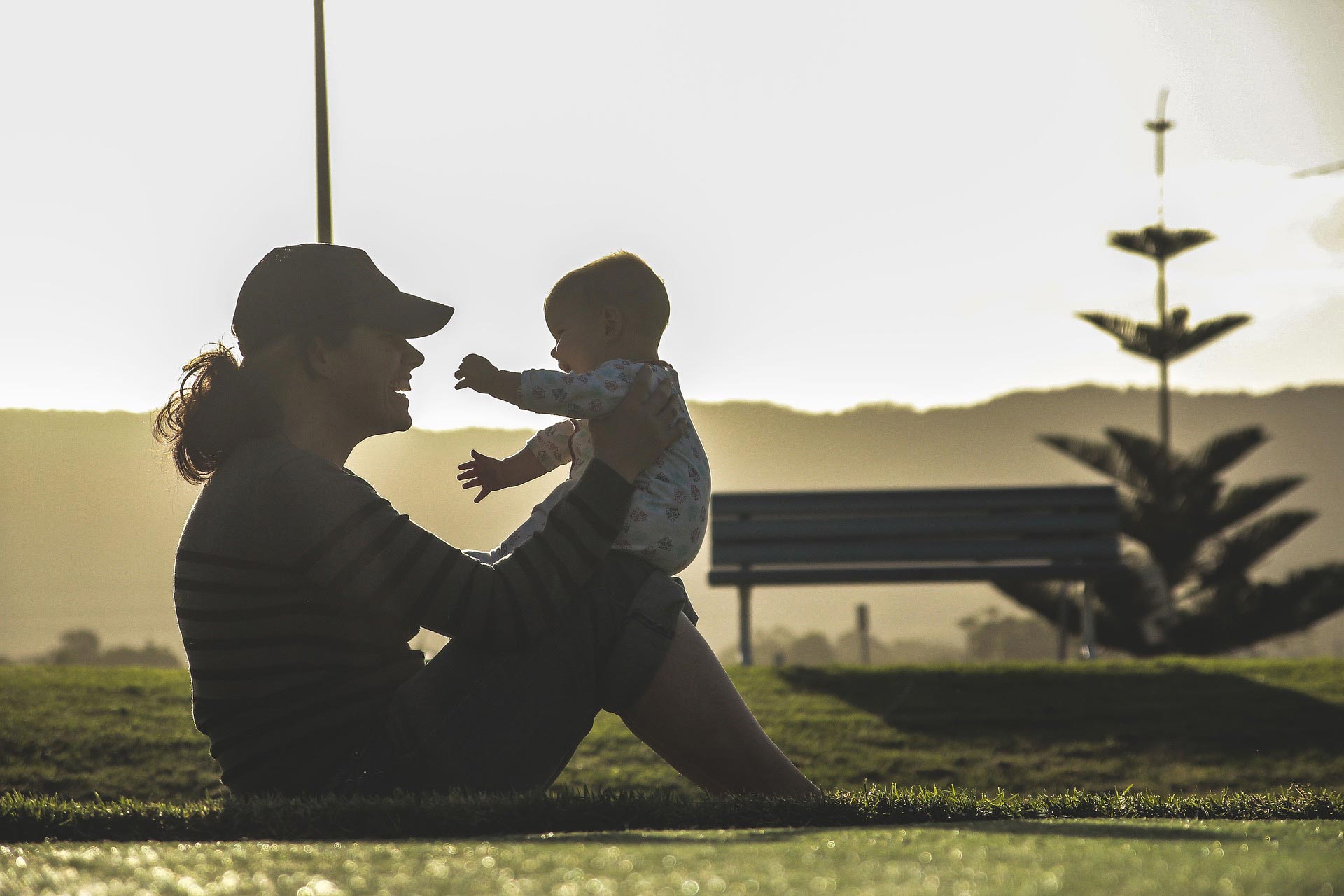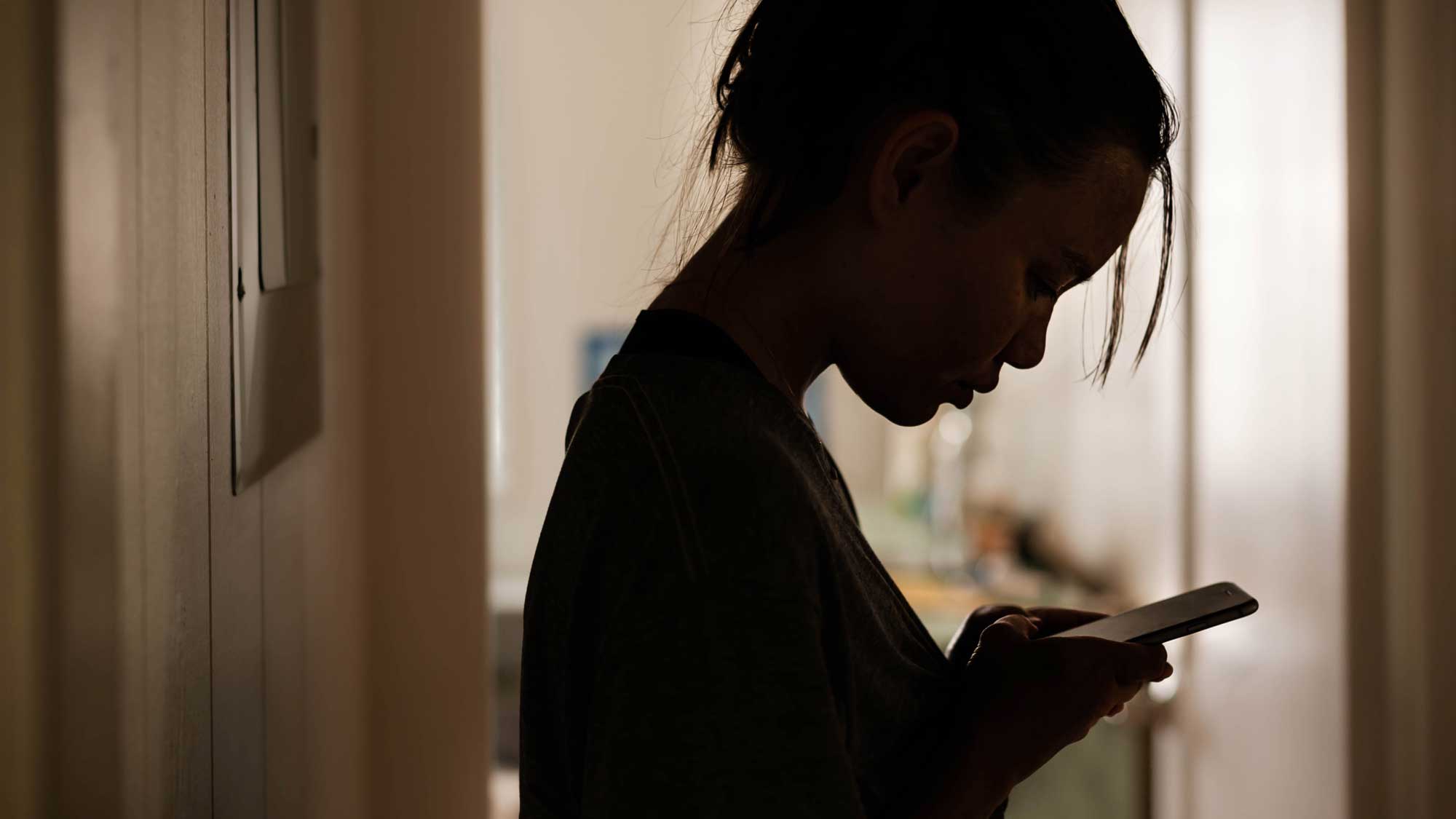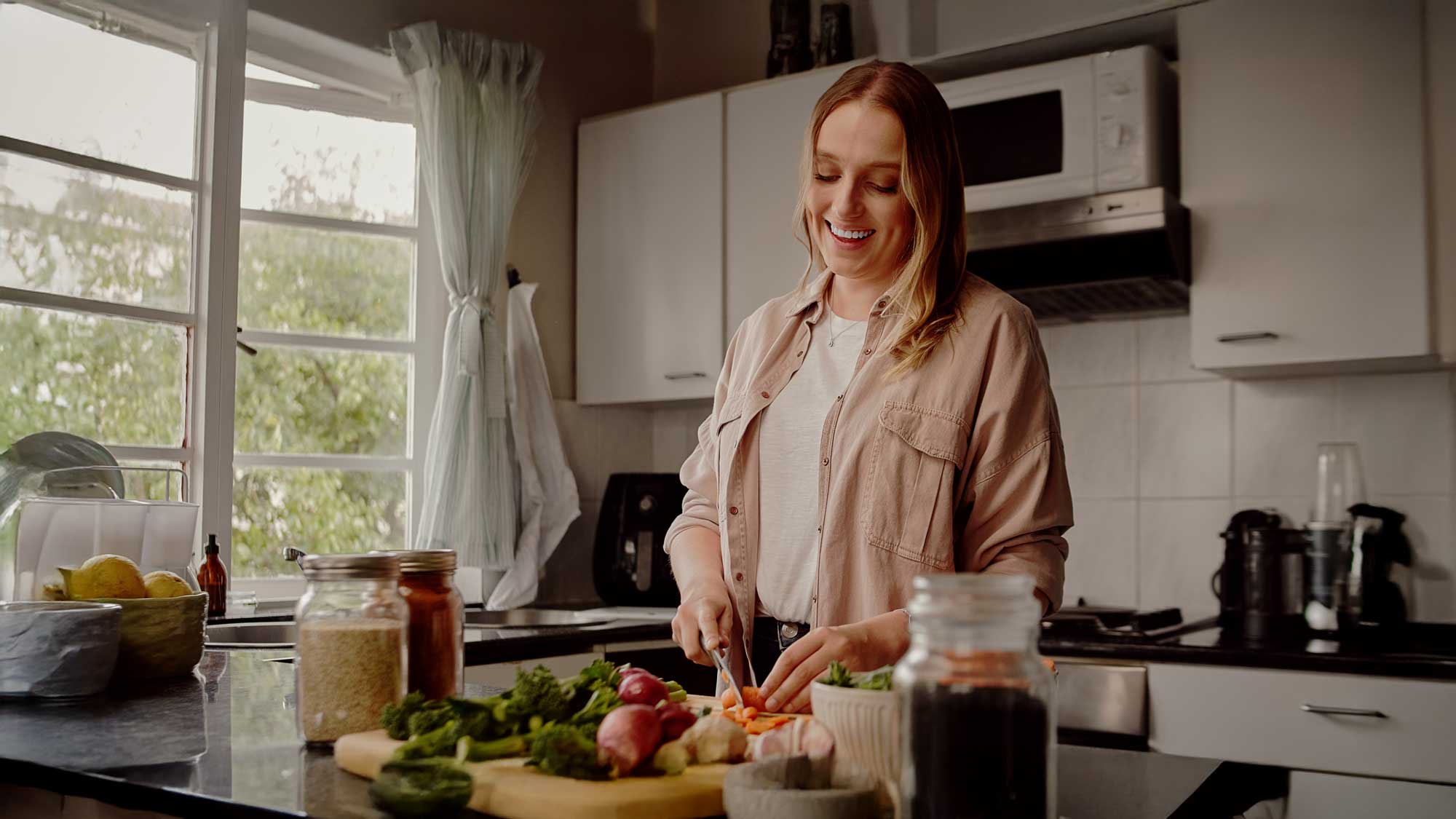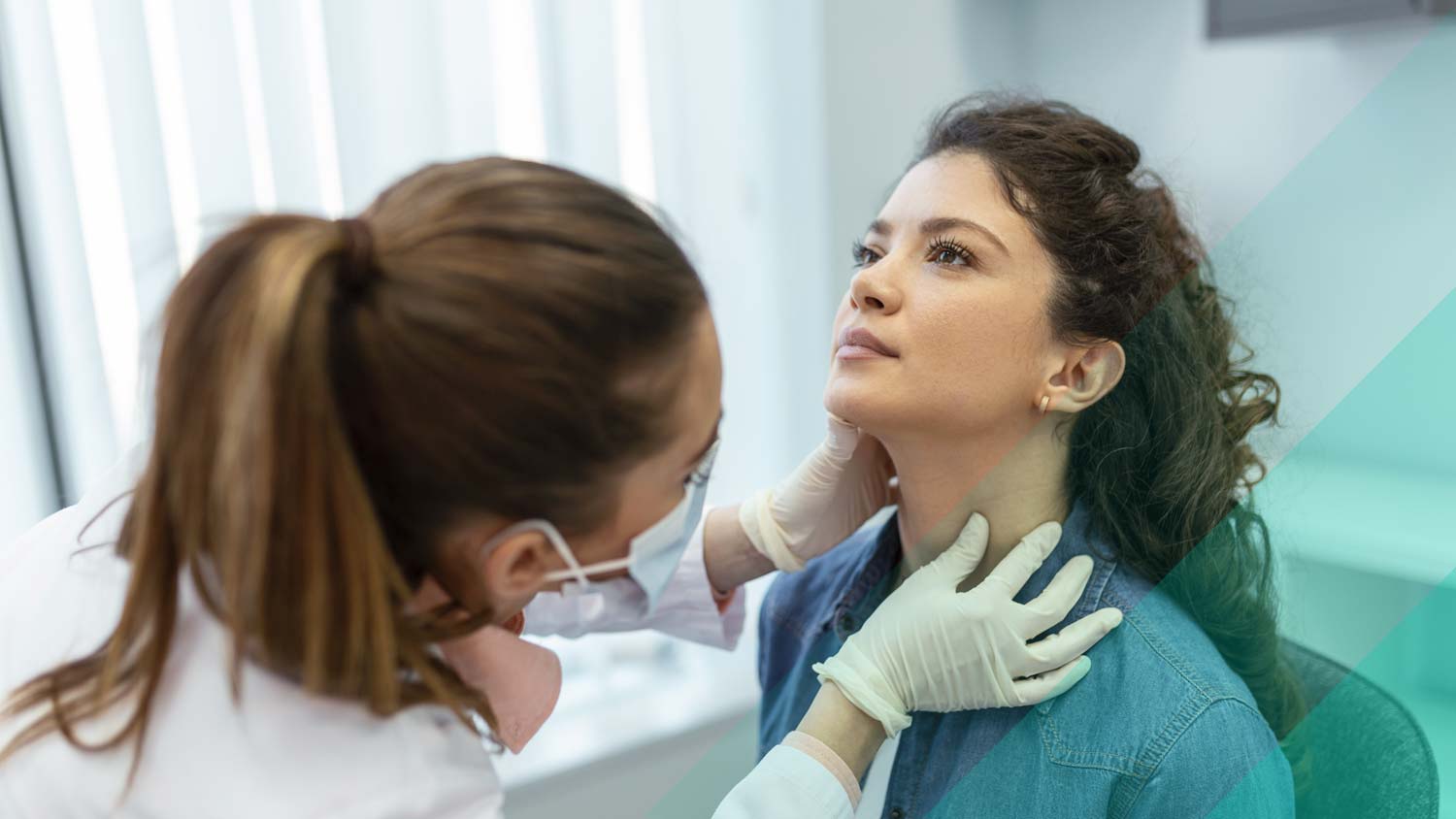National Child Abuse Prevention Month is an opportunity for communities to come together, become educated on the signs of child abuse, and take steps to prevent harm. Throughout the month of April, community activists and organizations across the United States, including Valley Oaks Health, are raising awareness by sharing the warning signs of child abuse, providing advice to prevent harm, introducing steps to safely intervene, and reminding legislators that child abuse prevention must be a priority.
What is child abuse?
According to the Mayo Clinic, any intentional harm or mistreatment of a child under 18 years of age is considered child abuse. This abuse can take many forms including physical, sexual, emotional, medical, or neglectful harm. It is often perpetuated by someone the child knows and trusts, including parents, relatives, teachers, and other caregivers.
The effects of child abuse
Child abuse can having lasting impacts on an individual’s quality of life beyond childhood.
- Physical effects — Beyond immediate risk of injury or death, child abuse can lead to lasting physical disabilities, learning disabilities, substance use disorder, and health problems such as heart disease and immune disorders.
- Behavioral issues — The victims of abuse often develop unhealthy coping mechanisms that can result in high-risk behaviors such as violence toward others, withdrawal from social interactions, suicide attempts, problems in school, and difficulty staying employed.
- Emotional troubles — The impact of abuse on a person’s self-esteem, ability to develop intimacy and trust, ability to cope with stress, view of parenthood, and view of violence in relationships can last a lifetime and require intervention to reverse.
- Mental health disorders — Victims of child abuse often develop lasting mental health challenges like eating disorders, depression, anxiety, and post-traumatic stress disorder.
Preventing harm
The U.S. Department of Health and Human Services’ Children’s Bureau provides resources to parents and caregivers in an effort to prevent abuse. Some tips include:
- Develop supportive communities — For the safety of your child and others, it’s important to foster a community that is welcoming and supportive. Communities that are nurturing to families usually have accessible and safe recreation facilities, resources to help families access basic needs like food and medical care, early education programs, as well as safe and affordable housing. While these features won’t single-handedly prevent abuse, they will create home environments that are less stressful for caregivers and provide children with opportunities to ask for help when it’s needed.
- Make health connections with your family — Within your own household, it’s important to have strong relationships and open conversations. Whether it’s sitting down for meals, gathering for weekend movie nights, or participating in other stress-free activities together, these connections can prevent harm and provide opportunities to discuss your child’s needs and perspectives.
- Manage stress — Controlling your own stress can go a long way in preventing harm. Accept what you cannot change, prioritize self-care, and develop a supportive network that can assist in your times of need.
- Know your child’s caregivers — Parents and guardians are not the only people that can abuse a child. It’s important to know the adults in your child’s life and have conversations with your child about what behaviors are appropriate and how they feel around their caregivers.
